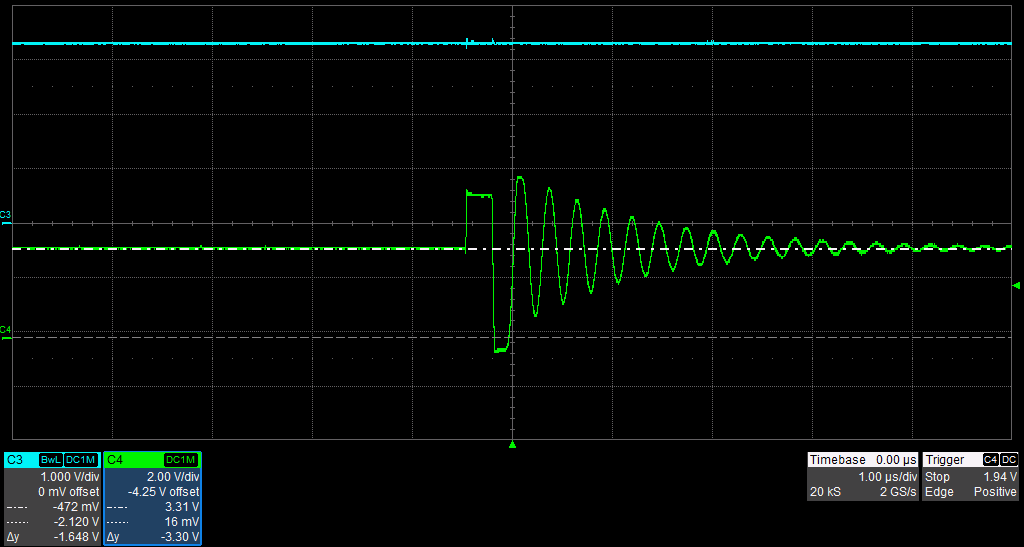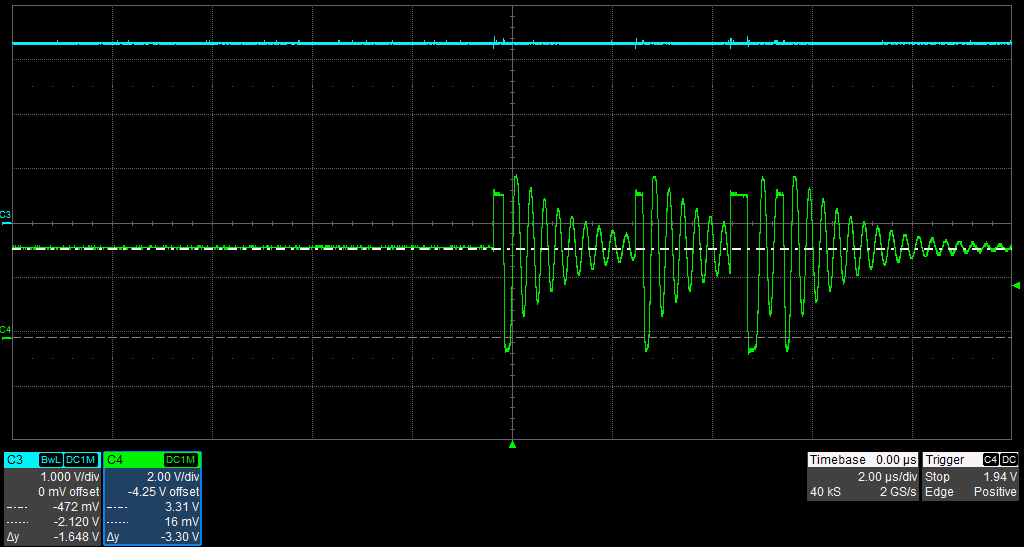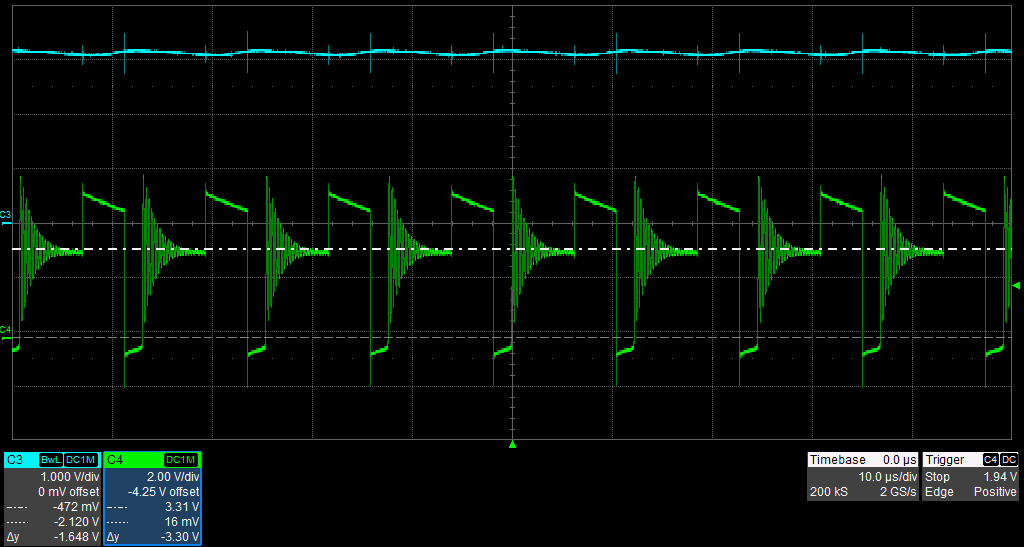Hello,
I am designing a buck regulator shown below.
The jumpers J11 and J9 are installed. C30 is not installed, I just put the footprint on the board. J7 is not installed so the load doesn't affect the supply yet. I simulated this in tina with a step load etc...and it looked fine. Unfortunately it is not working on my board. R13 and C29 are installed.
Could someone elaborate on how I've gone wrong with the compensation network?
Thanks!






